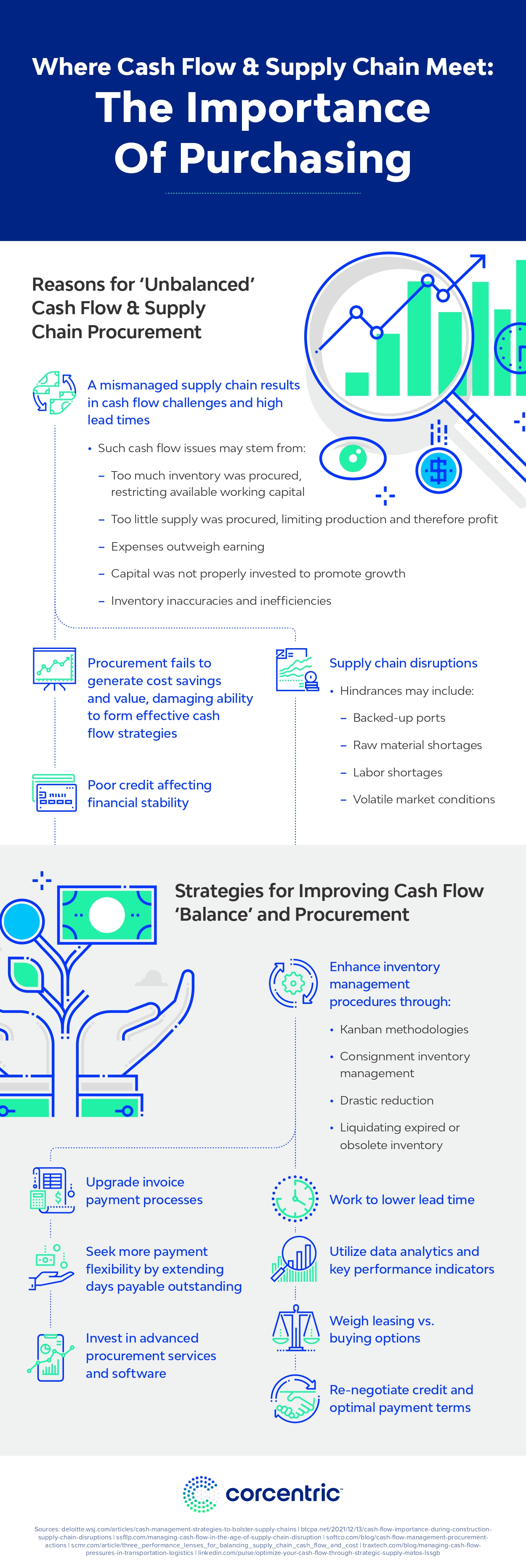In today’s fast-paced industrial environment, the reliability and availability of machinery are critical determinants of a company’s operational success. Downtime not only disrupts production but also incurs substantial costs and undermines customer confidence. As such, understanding and enhancing machine uptime and availability has become a central objective for organizations seeking efficiency and long-term profitability.
Uptime, defined as the percentage of time a machine is operational, is a direct reflection of its reliability and performance. High uptime means that equipment is running smoothly and consistently, minimizing production halts and maintenance disruptions. Meanwhile, availability measures a machine’s readiness for use whenever it’s needed, capturing how often equipment is both functional and accessible. These two concepts, while closely related, offer unique insights into operational efficiency.
Businesses monitor several key metrics to evaluate machine performance. Mean Time Between Failures (MTBF) quantifies the average duration a machine operates before breaking down, whereas Mean Time to Repair (MTTR) assesses the average time needed to fix these failures. Together, these metrics help determine not only the frequency of equipment issues but also how swiftly teams can respond. Additionally, Overall Equipment Effectiveness (OEE) synthesizes availability, performance, and quality into a single comprehensive measure, providing a holistic view of equipment productivity.
To bolster these performance indicators, companies are increasingly investing in proactive and predictive maintenance strategies. By leveraging data analytics and sensor technology, organizations can identify potential issues before they escalate into major problems. Regular inspections, skilled maintenance teams, and strategic equipment upgrades further enhance machine dependability and output.
Environmental conditions, operator skill, and equipment quality are also crucial influencers. Ensuring optimal operating environments and continuous workforce training can significantly reduce the likelihood of unexpected downtime.
Ultimately, prioritizing uptime and availability yields tangible rewards: enhanced productivity, cost efficiency, and improved profitability. With a well-maintained and consistently available machinery fleet, organizations can ensure timely deliveries, uphold product quality, and maintain a competitive edge in their respective markets.






